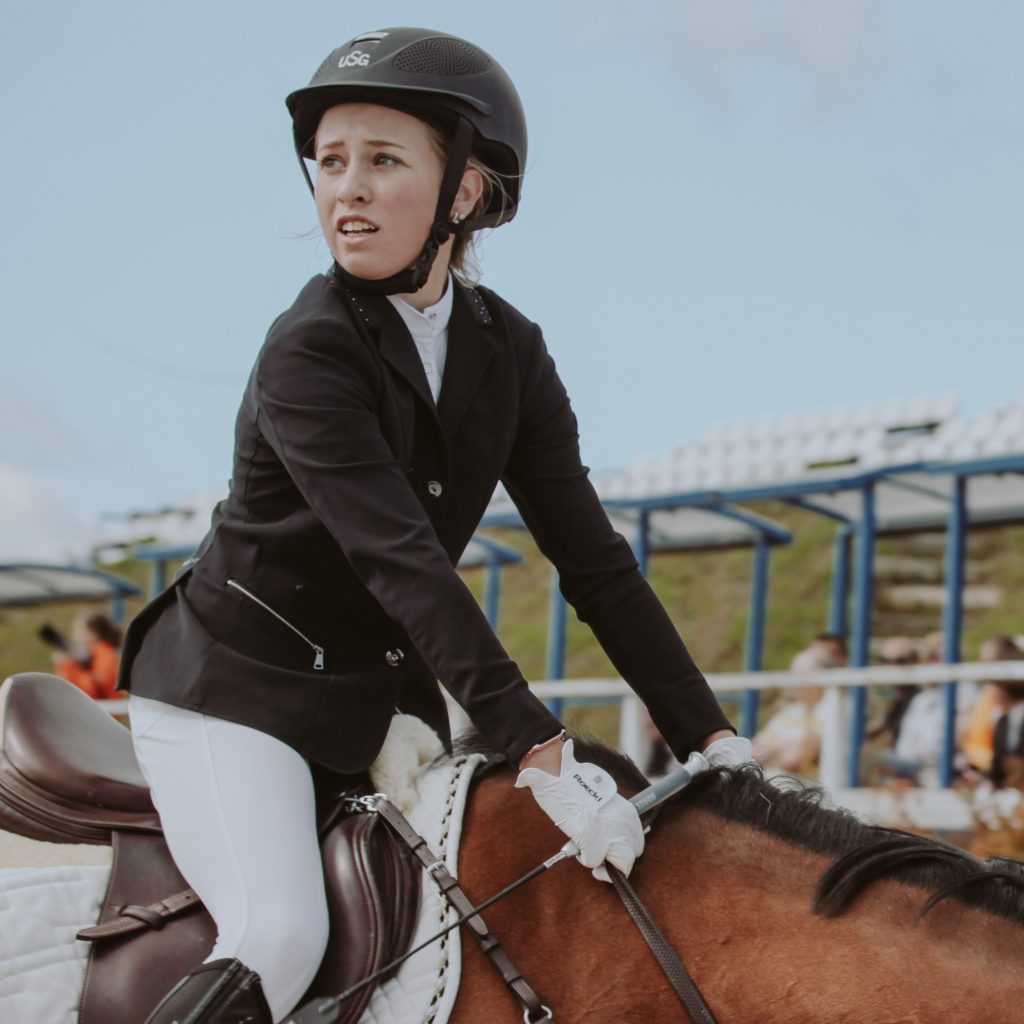Introduction: The Dynamic World of Equestrian Sports
Equestrian sports, characterized by the harmonious partnership between horse and rider, captivate millions globally. However, the enthralling nature of these activities comes with inherent risks, particularly in terms of head and spinal injuries. This article explores a comprehensive study conducted by Jennifer K. Gates and Cindy Y. Lin, shedding light on the epidemiology, clinical outcomes, and injury prevention strategies related to head and spinal injuries in equestrian sports.
Injury Risk Factors: Unraveling the Demographics
Understanding the demographics of equestrian injuries is crucial for formulating effective prevention strategies. This section reviews the gender distribution, age factors, and experience levels that influence the likelihood of sustaining injuries while engaging in equestrian activities.
Gender Disparities
The study reveals intriguing patterns in injury distribution based on gender, offering insights into the predominance of women in equestrian-related injuries. Analyzing gender-specific participation and occupational activities, the article dissects the factors contributing to these disparities.
Age and Experience
Delving into the average age of injury and the impact of experience, this section explores the intricate relationship between age, expertise, and the likelihood of sustaining injuries. It uncovers how experience may act as both a protective and risk factor for equestrians.
Equine Characteristics
The age and behavior of horses also play a pivotal role in injury occurrence. Exploring the correlation between horse age, predictability, and rider safety, this section sheds light on how the equine factor contributes to the overall risk landscape.
Injury Patterns: Decoding the Complexity
This segment scrutinizes the predominant types of injuries sustained in equestrian sports, presenting a shift from historical head injuries to an increased incidence of extremity fractures. Analyzing overall injury patterns, the article provides valuable insights into the dynamics of injuries occurring during mounted and unmounted activities.
Head Injuries
Unraveling the complexities of head injuries, this section delves into the varying rates, causes, and severity levels. It explores the effectiveness of helmets in mitigating head injury risks and highlights the need for advancements in helmet technologies to address rotational forces.
Spinal Injuries
Examining spinal injuries in the context of equestrian sports, this section emphasizes the prevalence, locations, and potential neurological consequences. It explores the age factor in spinal injuries and offers glimpses into the mortality rates associated with these injuries.
Injury Prevention: Navigating the Path to Safety
The study’s insights pave the way for discussions on injury prevention strategies. This section dissects the role of helmets, safety vests, and overarching policies in safeguarding equestrians from head and spinal injuries.
Helmets: A Crucial Line of Defense
Analyzing the efficacy of helmets, this part delves into existing helmet mandates, design specifications, and ongoing efforts to enhance protection against both impact and rotational forces. It emphasizes the need for standardized helmet use across equestrian sports.
Safety Vests: Exploring Impact Absorption
Shifting the focus to safety vests, the article scrutinizes their usage and impact on torso injuries during falls. It navigates through contrasting study findings and suggests avenues for future research in safety vest technology.
Policy Interventions: Shaping a Safe Environment
Examining existing policies governing equestrian sports, this section calls for strengthened regulations and uniformity in helmet mandates. It underlines the importance of Emergency Accident Preparedness Plans and emphasizes the need for comprehensive injury reporting mechanisms.
Looking Forward: A Call for Further Research and Education
Concluding the article, this section underscores the importance of ongoing research, injury surveillance, and educational programs. It advocates for a holistic approach, encompassing biomechanical modeling, improved safety technologies, and comprehensive education initiatives to ensure the well-being of equestrians.
In essence, this exploration of the study by Gates and Lin serves as a valuable resource for equestrians, trainers, and policymakers, offering a nuanced understanding of the complexities surrounding head and spinal injuries in the realm of equestrian sports.

